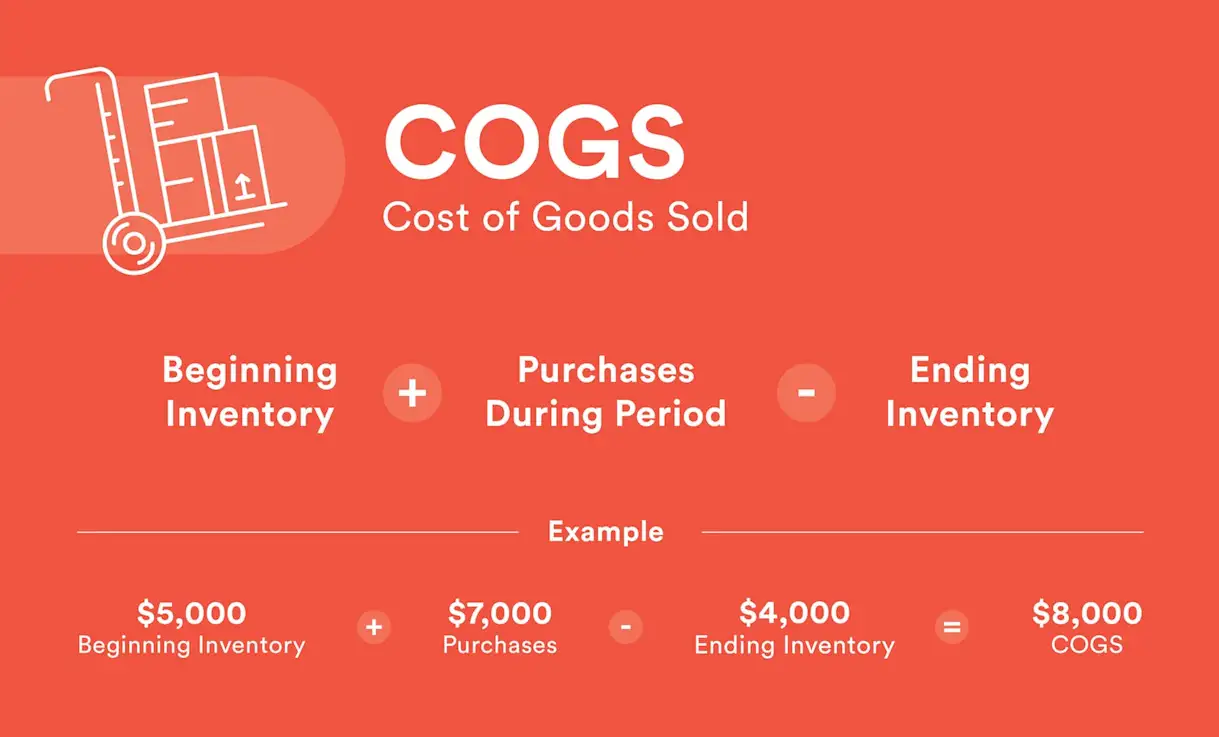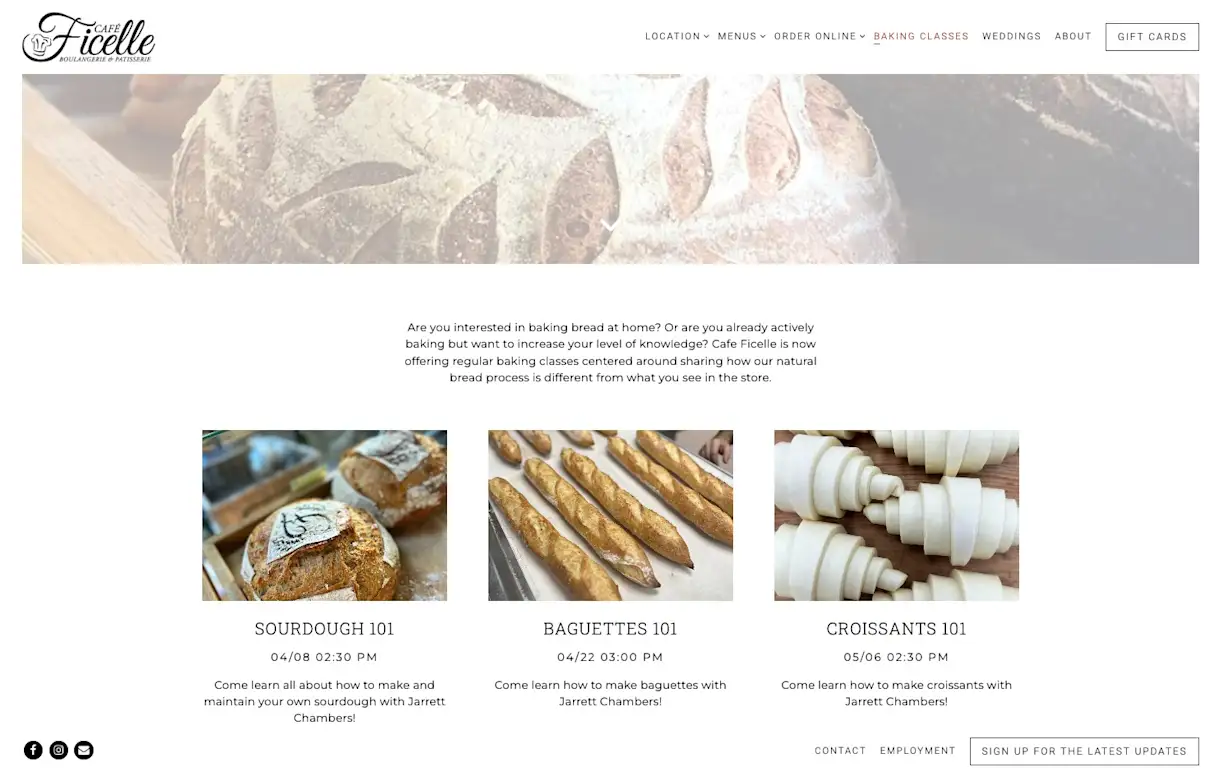Operations
How Restaurants Can Prepare for a 2023 Recession
April 5, 2023
Use these seven actionable steps to help you navigate through uncertainty.
At the end of January 2023, Square published The Future of Restaurants Report that included data from 1,000 North American restaurant owners and managers. The findings showed that 99% of surveyed restaurant owners said they planned to take steps to weather a recession in 2023. Recent fears of a bank crisis have also led to increased concern about economic turmoil. As a restaurant operator, now is the time to create a plan for navigating through upcoming uncertainty.
7 Ways to Recession-Proof Your Restaurant
When thinking through a strategy that makes the most sense for your restaurant, here’s the number one question you should always keep in mind: how can I operate more efficiently?
Whether your concept is a fine-dining establishment that’s been around for over 40 years, an up-and-coming bakery that’s starting to become profitable, or a restaurant preparing to open in the next few weeks, here’s an actionable set of tips you can implement to prepare for a recession.
1. Get clear on the most important metrics to track.
Metrics help operators track operating costs and profit margins, and understanding certain benchmarks is essential. Three key terms to know and measure are overhead rate, cost of goods sold (COGS), and breakeven point.
Read more: How To Run a Profitable Restaurant
Overhead Rate

Overhead rate tells you how much of your revenue is generally being used to operate your restaurant (think rent, taxes, salaries, equipment, utilities, repairs/maintenance, and advertising/marketing). It does not include anything related to food production. To find your overhead rate, take your total monthly expenses divided by total monthly sales (also known as revenue) and multiple by 100.
COGS: Cost of Goods Sold

Cost of Goods Sold (more commonly referenced as COGS) measures the cost of your ingredients used in a certain time period. It shows how much you’re spending on food inventory to deliver on menu items.
You can calculate COGS on a daily, weekly, monthly, or yearly basis. To do this, start with the monetary value of your beginning inventory, add the monetary value of any inventory purchased, and then subtract the monetary value of the remaining inventory.
If you see a pattern of your COGS number increasing, that could mean a few different things. Prices from food suppliers may have gone up while your menu pricing didn’t adjust. Or maybe there’s more food waste than normal and every part of the ingredients aren’t being utilized.
Whatever the case, tracking this metric helps you see any noticeable changes over time. The lower your COGS number, the better. The general recommendation is that your COGS metric should make up no more than one third of your sales.
Breakeven Point

Quite simply, to “break even” means when total revenue equals total expenses. The average breakeven point for a restaurant is 2-3 years.
As an equation, it looks like this:
Breakeven Point = Total Fixed Cost ÷ (Average Revenue per Guest – Variable Cost per Guest)
The formula takes into account three main components:
Total fixed costs: These are items that do not fluctuate by the number of guests or items sold. Examples include rent, insurance, taxes, electricity & water, licensing & permits, internet & phone services, and marketing costs.
Average Revenue per Guest: If you add up total revenue for the month and divide it by the number of guests, you will get your average revenue per guest.
Variable Cost per Guest: Variable costs depend on the business volume. These are items that you will need more or less based on how busy your restaurant is. To find the variable cost per guest, divide your variable costs by the average number of guests per month. Examples include labor costs, credit card processing fees, food, drink, and supplies costs.
To put this equation into practice, here’s an example. A restaurant business has a fixed startup cost of $500,000, expects an average sale of $25 per customer and expects variable costs per sale to be $17. Using the above equation, the restaurant would break even after serving 62,500 customers.
Breakeven Point = $500,000 ÷ ($25 – $17) = 62,500
Read more: Key Restaurant Benchmarks: Average Profit Margin, Prime Cost & More
2. Invest in the right technology.
Is your restaurant website built with SEO in mind? Are you making use of contactless dining technology like QR codes to streamline ordering and paying? Do you need a reservation system that doesn’t charge you per cover?
Implementing technology that works for your restaurant’s specific needs makes you more efficient, faster, and data-driven. With the right choice, the upfront investment in restaurant technology pays off big time. Wondering where to start? Your website, dine-in order & pay functionality, reservations, and POS are all areas where you should feel confident in your tech decisions.
If you make only one technology change to protect yourself against a recession, let it be this: set up commission-free online ordering. With direct online ordering, restaurants can bypass high commission costs charged by third-party marketplaces. BentoBox’s tool also includes custom branding, diner feedback loops, and social media ordering integrations.
Read more: The Ultimate Guide to Restaurant Software
3. Expand revenue streams.
These days, there’s more to restaurant revenue than through in person dining, takeout, and delivery. Here are five ideas for how you can diversify your revenue streams:
Offer pre-made meals or meal/drink kits. For example, Seamore’s does this well. The seafood spot sells meal kits of their most popular menu items like lobster rolls and shrimp tacos as part of their “finish at home” line. The packages are available with a 48 hour lead time and come with all of the ingredients you’ll need plus a recipe card and video tutorial.

Host restaurant events. If you have the space and resources to host classes, you can use the opportunity to grow your customer base and drive more revenue. Think about what ticketed events make sense for your concept and where your expertise lies. For example, a fine dining restaurant could host wine tastings, a chef’s dinner, or knife skills 101. A pizzeria could set up classes on dough making or a build-your-own pizza workshop. Bakeries, like Café Ficelle pictured below, can offer bread and pastry classes or cooking decorating.

Sell merchandise. An online store never closes, so you can drive sales 24/7. Plus, offering merchandise directly through your website means no third-party fees. These days, restaurants are selling everything from cocktail kits to their signature condiments to cookbooks.
Branded apparel, as seen by Elephante below, has also risen in popularity. In 2021, The Guardian called restaurant merchandise “the new band tee.” T-shirts, sweatshirts, and hats are the most common items and build brand loyalty in addition to revenue.

Promote gift cards. Whether you want to sell physical or digital gift cards, both options will create a new stream of revenue for your restaurant. Gift cards are a fantastic way to create immediate cash flow, and the channel has great ROI — BentoBox data shows that 44% of people will spend more than the gift card amount. Take a note from the Back Door Donuts website, where Gift Cards are part of the top navigation for prominent placement.

Accept private events. Consider all of the rooms and areas available at your restaurant. Are you making the most of your space? Private events for gatherings like corporate get-togethers, business meetings, rehearsal dinners, and birthday parties can be great revenue drivers.
Having a dedicated page on your website for private event inquiries and an events management software to manage event proposals and payments can streamline the process. House of Better, shown below, features a Meetings & Events page on their website with details on the three event spaces available, capacity limits, and an embedded inquiry form.

4. Update menu offerings.
A menu audit can show you which dishes use high-cost ingredients, and those plates might be worth tweaking slightly. If a certain ingredient's rising cost is impacting the margins of a dish — and you can live without it, or replace it with a more cost-effective recipe — it's best to do that kind of tinkering before a recession forces painful choices.
Additionally, think of multiple use cases for a singular ingredient. Where can you reuse and repurpose? Lastly, review the total number of dishes you currently offer. Scaling back and condensing menus can help cut food costs. Use your inventory management system to support your analysis and decisions.
Read more: How to Streamline Your Restaurant Menu (and Make It More Profitable)
5. Minimize food waste.
Reducing how much food is being wasted is often thought of as a sustainability effort for restaurants. And while that’s true, there are also financial benefits to managing food waste.
With less waste going to landfill, restaurants don’t need to spend as much money on paying waste management companies to haul away their trash. Additionally, a three-year study of 114 restaurants across 12 countries found that for every $1 invested in reducing food waste in the kitchen, the average restaurant saved $7.
The study also showed that the average site saved more than two cents on every dollar of COGS with certain tactics, which included:
Food waste audits. Audits led to more awareness of over-purchasing. This realization resulted in buying less food and reduced overall food costs.
New menu items from repurposed ingredients. Restaurants (like Nightbird) are innovating by using all parts of ingredients, even ones that typically would be tossed like rinds, peels, stems, and skins. Repurposing these items into new dishes instead of throwing them away generated more revenue.
Read more: How to Minimize Restaurant Food Waste
6. Diversify your suppliers.
In the same way you want to diversify your revenue streams, you also want to diversify your suppliers. Expanding your vendor network puts you in a better position to negotiate pricing. It’s also important to not rely on one vendor in case that business succumbs to the challenges of a recession and folds.
7. Stay top of mind for diners.
Building your community is pivotal for staying afloat. Connect with your current supporters and also find ways to grow your customer base. Here are five ways to accomplish both:
Continue posting on social media. Remaining active on your social media channels keeps diners up to date on your restaurant happenings. Share menu specials and behind-the-scenes content with chefs and staff. The goal is to stay relevant and involved in the online conversation. Download Now: 25 Creative Instagram Ideas for Restaurants
Start a customer loyalty program. Investing in your existing customer base and rewarding their loyalty will drive retention and boost sales. Loyalty programs increase customer engagement, which is exactly what you’re looking for ahead of a recession. Make it easy to opt in the program, set clear incentive timelines, and customize your rewards to increase visits and spend.
Improve your restaurant website’s SEO. Following a few easy steps can boost your restaurant SEO leading to better visibility online, more website traffic, and ultimately more revenue. At the minimum, make sure you have a mobile-friendly website that incorporates relevant keywords and use a text-based menu instead of a PDF.
Pitch local reporters for media coverage. Want to end up on one of those “best of” lists? Have you launched a new location, and you’re looking for press? Find your angle and pitch a few reporters (or work with your PR firm) to secure media mentions.
Partner with influencers. Influencer marketing is one of the most cost-effective promotional tools for restaurants, often requiring just a comped meal in exchange for coverage. You’ll create buzz with the right audience, build credibility, and grow your customer base. To get started, find local influencers through TikTok or Instagram. Then, invite them into your restaurant for a complimentary meal. Just make sure to communicate with the influencer about what you’re offering and what they’re planning to post.

BentoBox Marketing & Commerce Platform
Deliver Smarter Hospitality
Want to stand out online, bring in more money, engage your diners, and streamline operations?
Recommended

Operations
The Ultimate Guide to Restaurant Inventory Management
January 13, 2022
Learn the terms, steps and metrics that aid in the process of this key business process.

Operations
10 Types of Restaurant Technology You Need in 2024
March 29, 2023
Your guide to picking the right tools that will support your restaurant's growth.

Operations
8 Key Restaurant Benchmarks To Know
April 6, 2022
To measure success, your restaurant needs clearly defined goals. Use these key metrics to guide the way.

